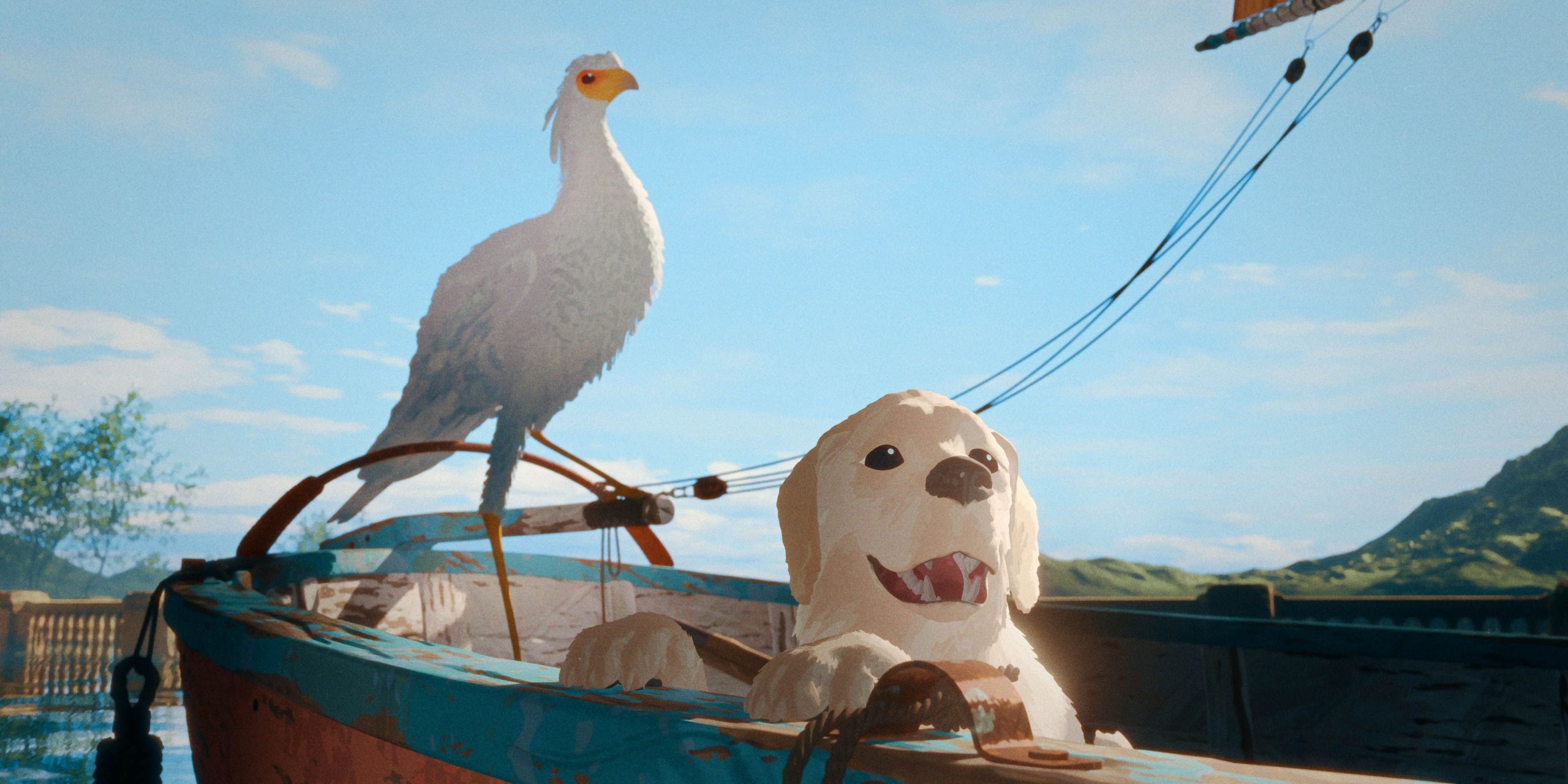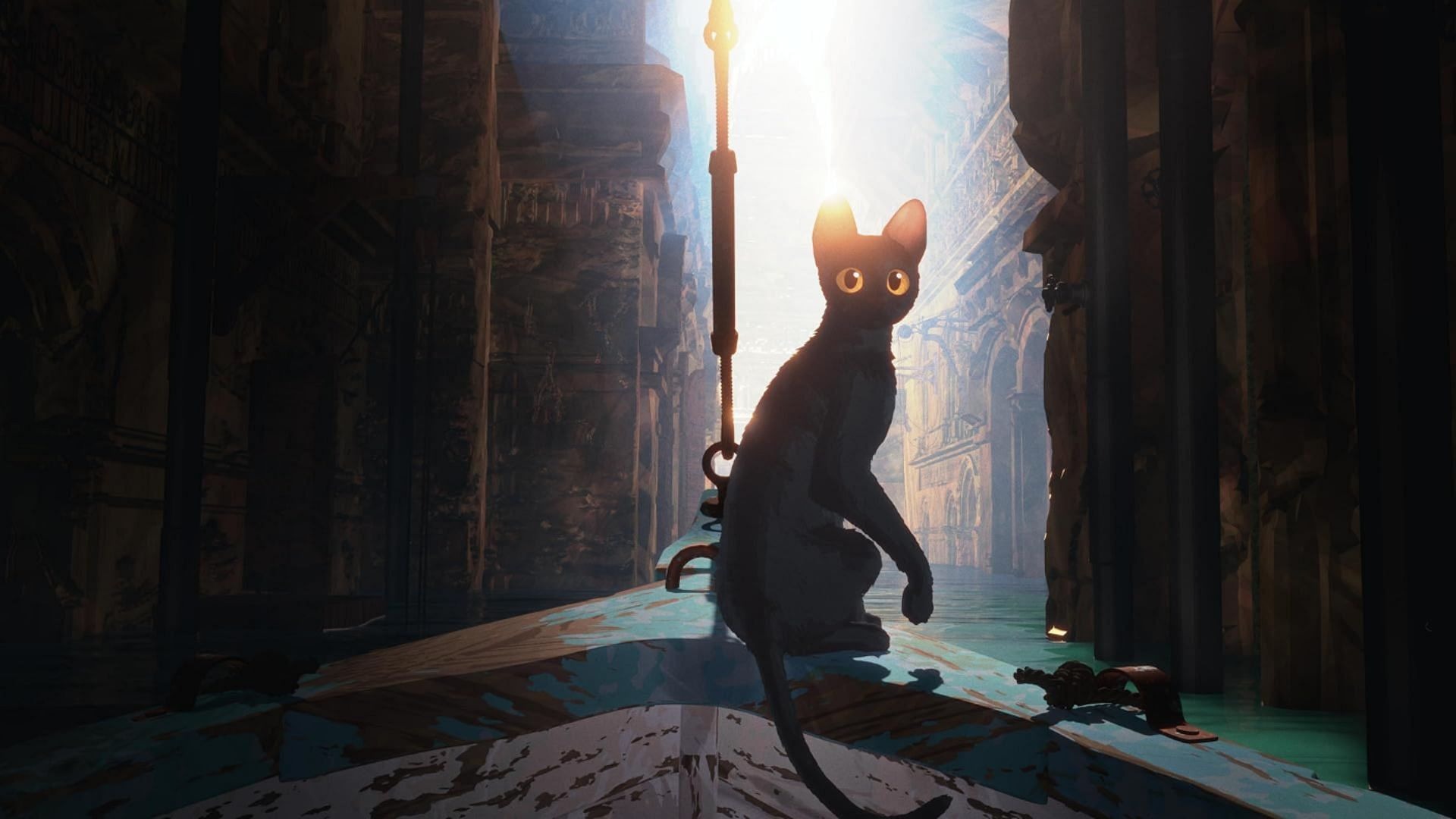A 2024 Latvian animated adventure film, Flow, directed by Gints Zilbalodis and co-written by Matīss Kaža, captures attention through its stunning visuals and unique storytelling without any dialogue. Rendered using Blender, the animation has enchanted viewers across the globe.
Making its debut at the Cannes Film Festival, the film garnered critical praise and a plethora of accolades, including Best Animated Film at the European Film Awards. Additionally, Flow achieved success at the 2025 Golden Globes, claiming the title of Best Motion Picture – Animated. Its serene and introspective narrative has led to Latvia submitting it for the 97th Academy Awards.
The story follows a black cat on a challenging survival journey, finally reuniting with its animal friends and finding comfort in their shared reflections, symbolizing a sense of community.

The whale, initially depicted as stranded and near death, later appears alive and swimming gracefully, embodying themes of resilience and hope. Such moments underscore the film’s central messages of perseverance and rebirth.
Plot Summary
Set in a post-apocalyptic environment, Flow illustrates the survival struggles of a black cat alongside a diverse group of animals. They must adapt and learn to coexist while facing natural disasters and other adversities.
The cat’s choice to prioritize unity serves as the foundation for the profound message at the conclusion, highlighted by the pivotal scene involving a reflective puddle. This single moment encapsulates themes of hope, cooperation, and survival.
Disclaimer: This article contains major spoilers from the movie Flow. Reader’s discretion is advised.
The Cat’s Journey to Unity in Flow
Central to the emotional narrative of Flow is the black cat’s journey. Right from the start, the cat showcases intelligence and ingenuity, skillfully stealing a fish from a group of dogs. However, it faces more challenges, such as a sudden flood that wreaks havoc in its environment.
Initially, the cat embodies a solitary survival strategy, but as it interacts with various animals aboard a sailboat—including a secretarybird, a ring-tailed lemur, and a capybara—it begins to form connections. Each animal’s unique attributes represent the importance of unity during crises, contributing to their collective survival.
A pivotal moment arises when the cat chooses to help rescue stranded dogs from a bell tower. This choice marks a switch from a focus on individual survival to embracing a sense of collective responsibility.
Their shared reflection in the puddle symbolizes the transformation of the group into a cohesive unit, bringing the cat’s journey to a close. This development highlights the broader theme of interconnectedness despite hardship.
Spiritual Undertones in the Ending
The conclusion of Flow carries spiritual depth, particularly through the journey of the secretarybird. Throughout the film, the bird grapples with inner turmoil and seeks redemption.
After it loses its ability to fly during a confrontation, the bird integrates into the group and aids in their survival. However, during a tempestuous night near the colossal stone pillars, it regains its capacity for flight and rises into a luminous portal.
This scene signifies transcendence and acceptance of one’s destiny. The bird’s departure contrasts with the cat’s ongoing survival struggle. While the secretarybird embraces the unknown, the cat remains grounded in its journey. This spiritual moment emphasizes the exploration of life’s fragility and the diverse approaches individuals take when facing mortality.
The final scene of reflection reinforces this theme, with the animals collectively gazing into the water, symbolizing self-awareness and unity. This suggests that survival encompasses not just the physical aspect but also emotional and communal dimensions.
Post-Credits Scene and Its Implications
Adding an optimistic layer to the ending, the post-credits scene of Flow reveals the whale—previously shown as stranded and dying—now swimming freely in the ocean. This sequence conveys themes of renewal and resilience, indicating that life persists despite overwhelming challenges.
Throughout the narrative, the whale acts as a protective figure, saving the cat from drowning and assisting the group’s journey by liberating their boat. The whale’s return in the post-credits scene reinforces the cyclical nature of existence and the enduring power of nature, assuring viewers that hope remains even in the most desperate circumstances.



